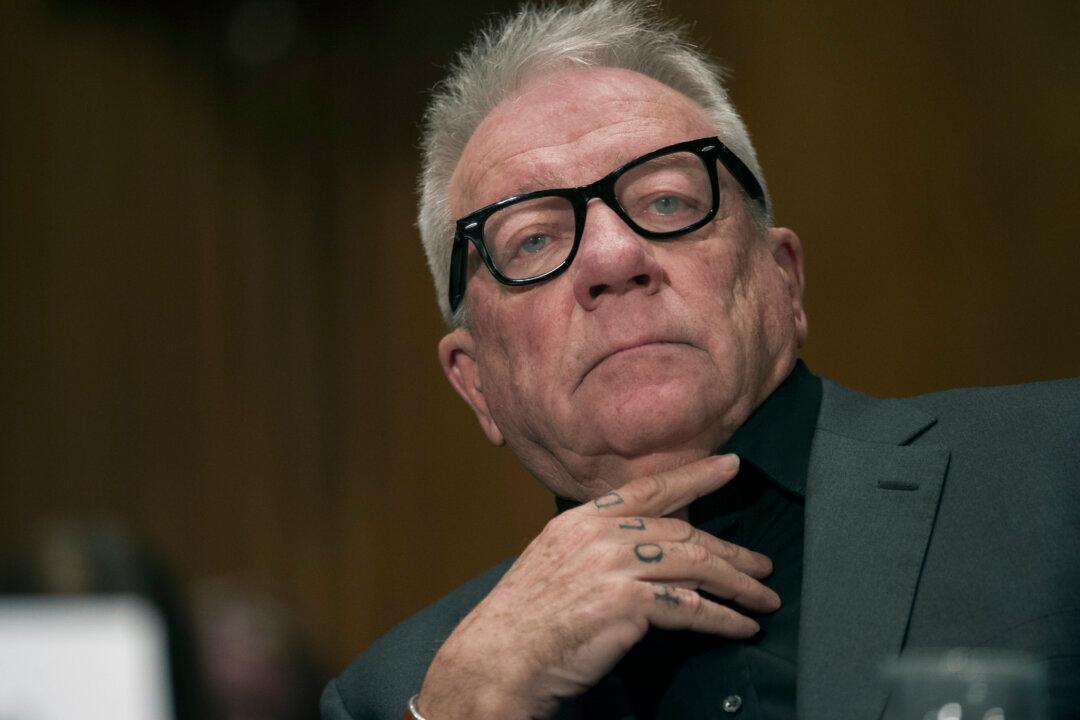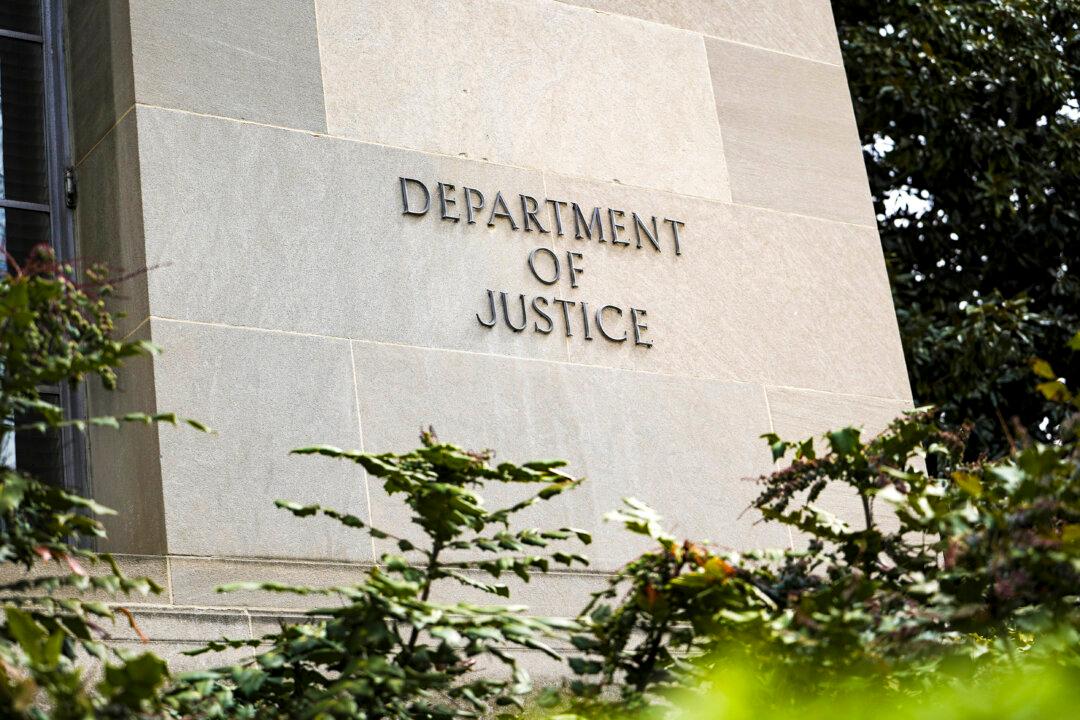The national average out-of-network fee has soared to $4.77 this year, marking a 4 cent increase from 2023, and the highest average total fee since Bankrate started tracking fees in 1998, it said.
That fee includes the average surcharge of $3.19 levied by ATM-operating banks, plus the average charge of $1.58 from one’s own bank for using an out-of-network ATM, according to the survey. Both of those charges are up this year, Bankrate said.
An out-of-network fee is charged by an individual’s bank when they use an ATM that is outside of its network, meaning it is not run by the bank.
“If you make an out-of-network ATM withdrawal, expect to pay, and pay more than ever before,” Bankrate chief financial analyst Greg McBride said in a statement. “Fees have increased again and you'll typically pay two fees—one to the ATM owner and another to your own bank.”
According to Bankrate, the fees Americans pay at ATMs also differ drastically depending on their location.
Bankrate surveyed 25 metro areas. It found that in Atlanta, individuals using ATMs outside of their bank’s network paid on average $5.33, while the city also saw the highest average combined fees in 2023 and 2022, of $5.33 and $5.38, respectively.
Meanwhile, the metro areas of San Diego and Phoenix both had the second-highest average combined ATM fee in 2024, with those costs coming in at $5.22.
Overdraft Fees Climb to $27.08
On top of increasing ATM fees, Bankrate says other bank fees, like overdraft fees, are also on the rise.The Bankrate survey examined 10 banks and thrifts in 25 large markets.
According to its survey, the national average overdraft fee has climbed to $27.08 this year, up from $26.61 in 2023.
That follows two straight years of declines after the average overdraft fee had peaked at $33.58 in 2021.
Overdraft fees are still charged by 94 percent of accounts surveyed, Bankrate said, and they can run as high as $38.
Among the banks surveyed in 2024, overdraft fee increases outnumbered both fee decreases and fee eliminations, according to Bankrate.
Additionally, the average monthly fee for interest checking accounts is now $15.45, with the average minimum balance to avoid a monthly fee being $10,210—up 18 percent from last year.
In contrast, non-sufficient funds (NSF) fees are down for the third year in a row, Bankrate found, with the average NSF fee in 2024 at $17.72, which is the lowest in the history of Bankrate’s survey, and down 11 percent from last year’s $19.94.
More than one-third of accounts (36 percent) surveyed don’t charge any NSF fee, up from 30 percent last year; Bankrate said.
For Americans who don’t want to fork out extra fees at ATMs, Bankrate recommends confining cash withdrawals to in-network ATMs or getting cash back when using a debit card.
“See if your bank participates in a nationwide ATM network that can be used free of charge,” McBride said.







